What are the top 3 dry flies for Dullstroom?
Parachute Adams / Purple Haze, Klinkhåmer, and Shuttlecock Emerger in sizes #14–18 are our most consistent producers across Laverpa and nearby waters.
Proven Patterns for Dullstroom
The dry flies that actually catch fish in Dullstroom — proven patterns, sizes and timing for Laverpa, Valley of the Rainbow and nearby waters.
Fly choice changes through the year. For a full month-by-month overview, pair this page with our Dullstroom seasons guide.
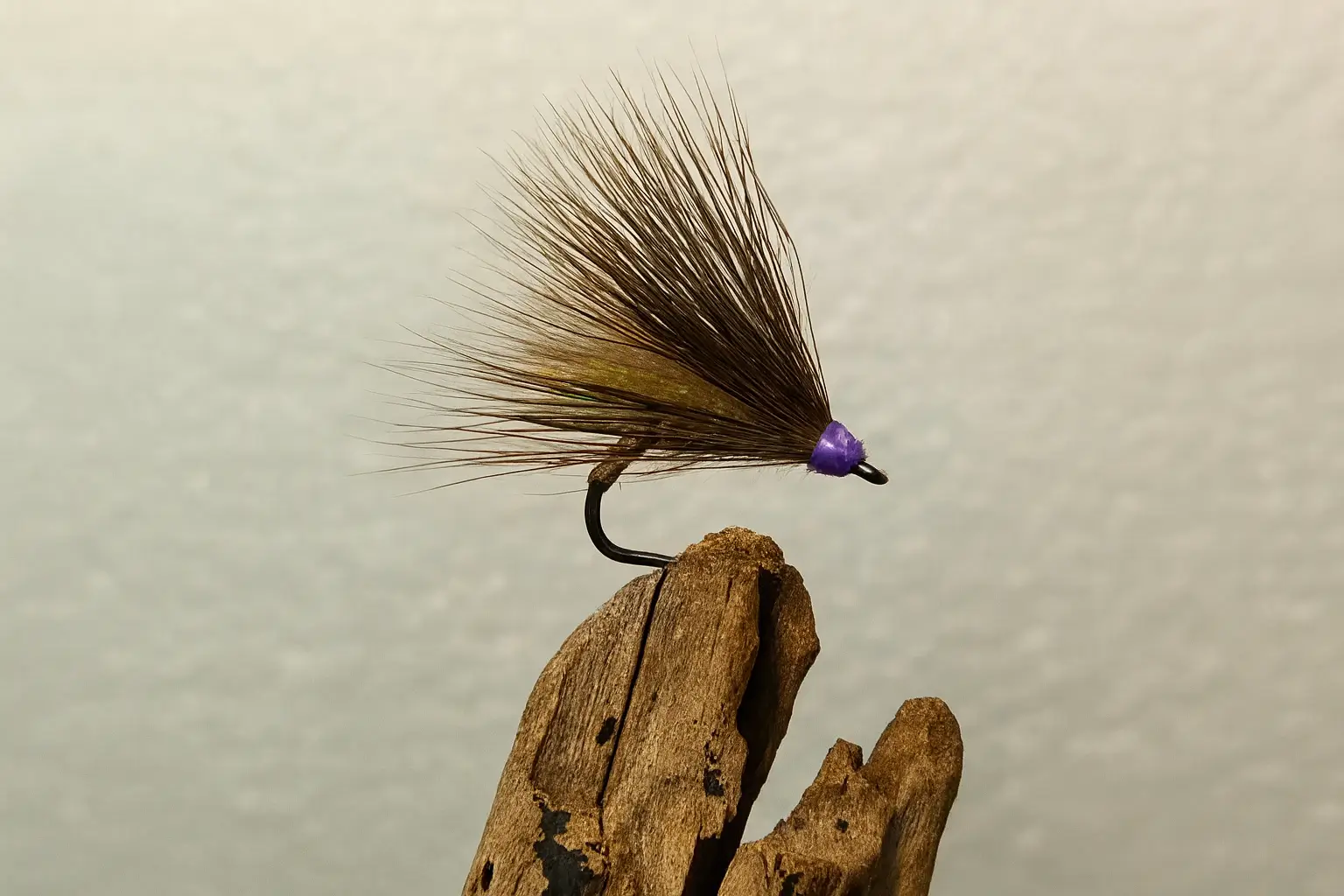
In Dullstroom, dry flies fish best in autumn and spring, with smaller emergers and midges working through winter, and terrestrial dries like hoppers and Foam Daddies taking over in summer gaps between storms.
Want the full breakdown? See our guide to the best trout waters in Dullstroom .
You can fish dry flies all year in Dullstroom, but different patterns shine in different windows:
For a full month-by-month view, see our Dullstroom seasons guide .
Parachute Adams / Purple Haze, Klinkhåmer, and Shuttlecock Emerger in sizes #14–18 are our most consistent producers across Laverpa and nearby waters.
Fish #14–18 dries on 5X–6X tippet. In glassy windows or with tiny midges, drop to #18–20 and lengthen your leader for stealth.
When you see soft sips, bulges, or refusals to high-riding dries, switch to film-rider emergers like Klinkhåmers or Shuttlecocks to match how trout are feeding.
Updated: · By Shayne Prinsloo
Clear, technical water rewards smart choices. These are our most consistent dries/emersers across Laverpa, Valley of the Rainbow, and nearby venues.
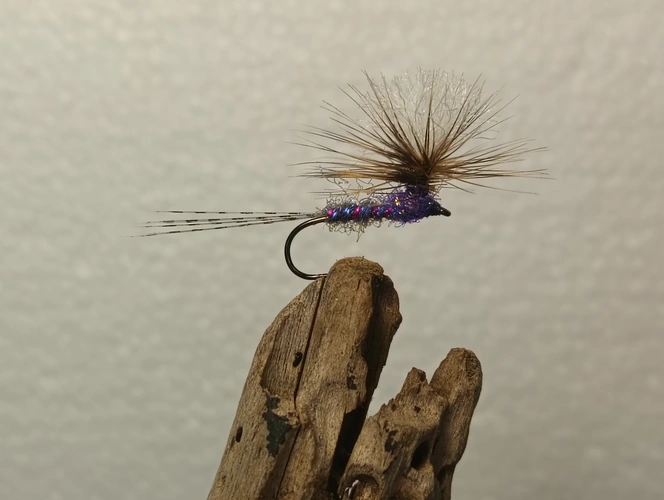
Versatile mayfly that produces year-round—especially in afternoon hatches at Laverpa.
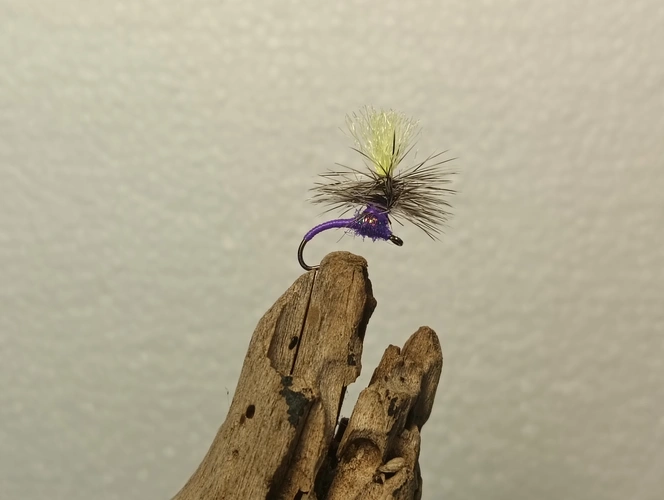
Film-riding emerger—deadly in calm or chop. Use 5X–6X and set quickly.
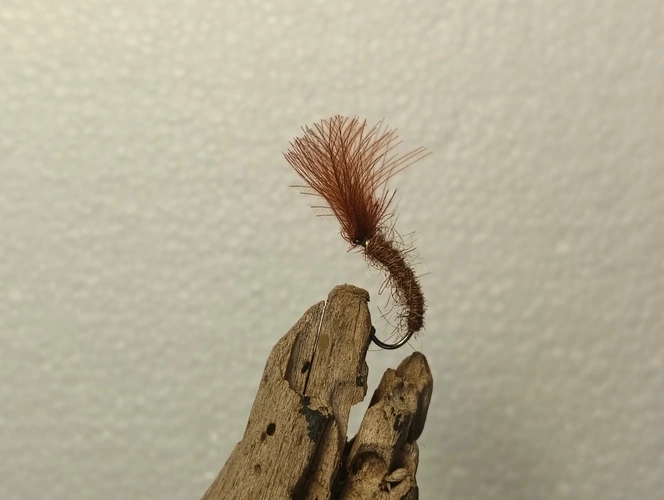
Sits in the film—stealth with 5X–6X; gentle strip strike.

Signature Valley of the Rainbow pattern—high-floating yet natural in the film.
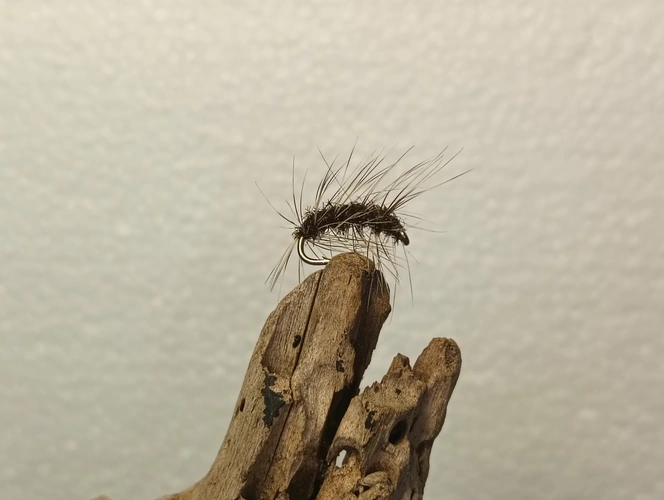
Sipping midges on slicks and calm edges; covers wind-blown food too.

Aggro trigger for bigger fish; excellent dry-dropper anchor.
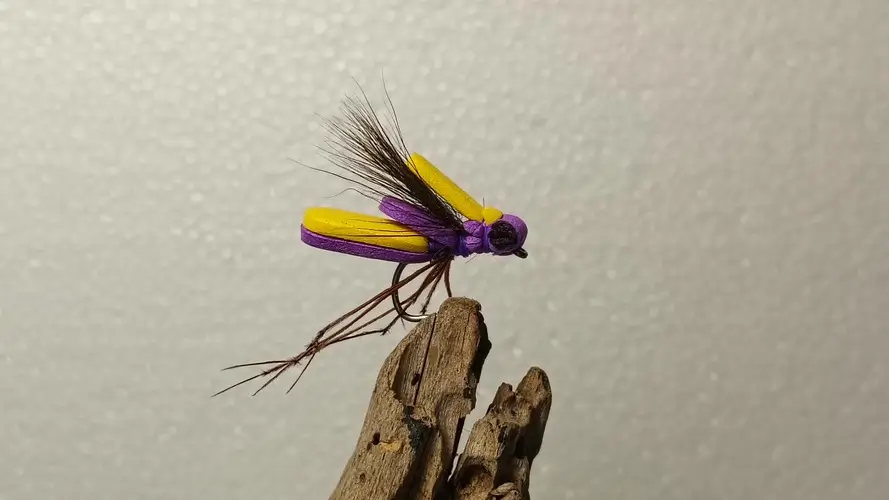
All-day confidence fly; pairs perfectly with a #16–18 dropper (#8–12).
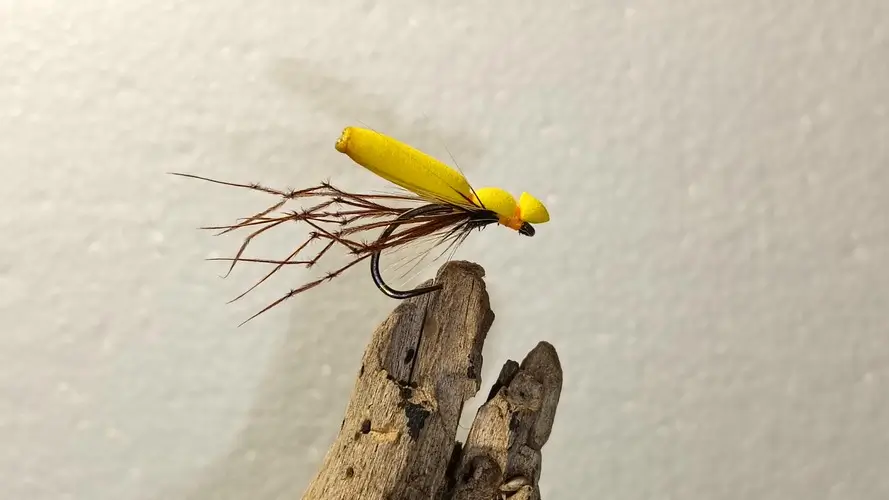
High-floating terrestrial for banks, reeds, and inflows; easy to see.
| Pattern | Sizes | Best Window | Go-to Colours | Notes |
|---|---|---|---|---|
| Parachute Adams / Purple Haze | #14–16 | Late AM–sunset | Grey, Purple | Afternoon mayfly rises |
| Klinkhåmer | #14–18 | All day | Olive, Tan, Black | Film-rider; quick set |
| Shuttlecock Emerger | #14–18 | All day | Olive, Tan | Delicate takes; strip-strike |
| VR Caddis | #12–16 | All day | Tan | High float; natural in film |
| Griffith’s Gnat | #16–20 | Calm/light chop | Black/peacock | Midge sippers |
Fritz Bugger — flash + movement for stain/depth.
Woolly Bugger — black/olive/brown, vary retrieves.
Nymphs
Zonkers — rabbit-strip movement; slow & deep in cold.
Dark day → dark fly; bright day → bright fly. In stain use silhouette; in gin-clear water go lighter/brighter with finer tippet.